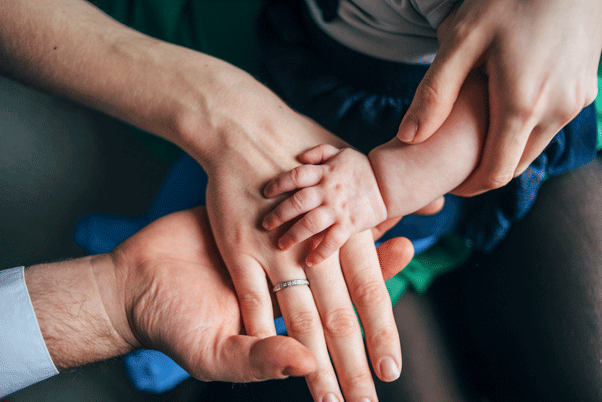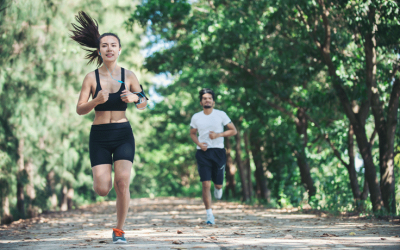Back Pain and Parenthood
Becoming a parent is a tremendous experience but lead to a number of significant lifestyle changes which can contribute to the onset of back and neck pain. Research, from the British Chiropractic Association (BCA), has found that over four out of every ten (43%) of parents who have ever suffered from back or neck pain, found their pain increased after having children.
It can be easy for new parents not to view their own health or wellbeing as a priority, they have their hands full! So here are a some tips to help prevent back and neck pain.
Carrying Baby
When carrying baby or toddler, it is very important to carry them as close to you as possible – either on your back or chest to chest is best. For carrying a long way, a backpack carrier is best as it distributes the weight evenly across your back but make sure to keep your spine straight when using them.
Putting Baby in Car
When putting your baby into the car seat, again it is very important to keep baby as close to you as possible. Get as close to car seat as possible, keep your back straight and make sure to bend your knees before reaching to put baby in.
Push-chairs
A push-chair that has an adjustable height setting is ideal, as it can be moved to suit your own height and that of anyone else who will be pushing it. You should be able to walk upright with a straight spine and hands resting at a comfortable height.
Feeding
Whether you are breast or bottle feeding make sure to find a comfortable posture and have good support for your back and arms. Your arms should not be bearing the baby’s weight, so extra pillows or something like a ‘V’ pillow is a good idea.
When feeding a child in a high chair make sure to sit as close as possible in front of your child and adjust the height of the chair so that you are not leaning too high or too low.
Cots
Make sure there is plenty of room for you to access the cot without needing to twist or strain. You may also want to consider buying a cot with a drop down side so you don’t have to lift then too low when putting the child to sleep.




